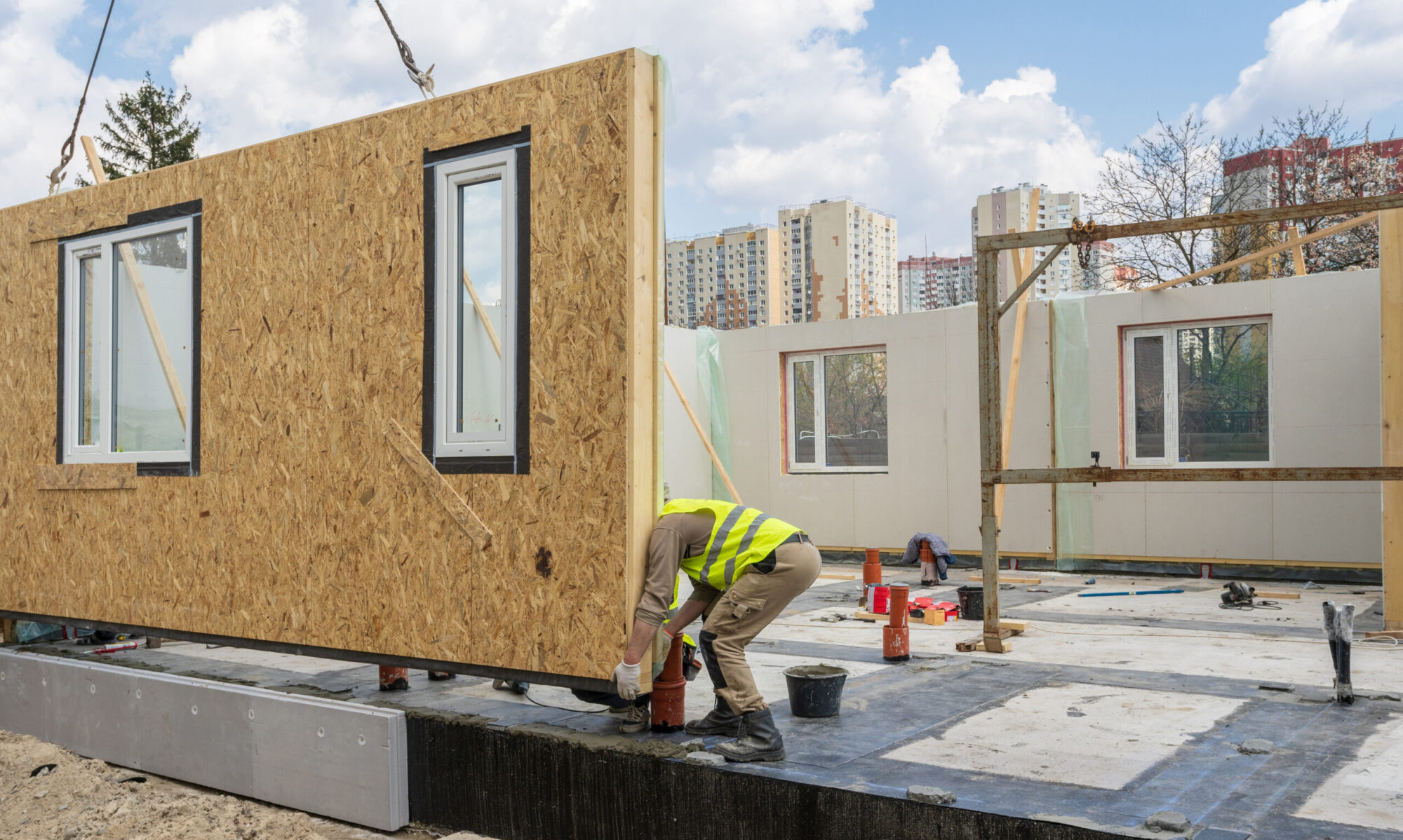Industrialized Construction
How can the U.S. housing supply chain leverage advanced approaches to build better, faster and at increased scale? Our team conducted a comprehensive review of the academic literature to identify emerging trends, and to classify unique approaches for industrialization of housing construction. Access the report here:
In Texas, housing affordability has become an increasingly critical issue. There is high in-migration and a severe supply mismatch between housing that is available and housing that is affordable, leading to what is currently a shortage of nearly 1 million housing units in the state. Industrialized Construction (IC), has the potential of addressing this shortage by increasing efficiencies in housing production and offering greater certainty over construction costs. Despite its proven advantages, IC adoption remains slow. The most prominent home typology in Texas is single-family detached homes, which constitute around 65% of new housing permits and are not yet produced at scale using IC. Neither are large multifamily developments, which are well suited to the replicability needed for IC, and are now growing in metro areas. In order to successfully nurture an IC ecosystem, the industry must adopt a product-driven mindset, work to aggregate demand, and expand capacity of infrastructure and the regional workforce. While Texas aggregates key ingredients that can enable the state to develop a robust and thriving IC ecosystem, obstacles remain. This white paper seeks to present a landscape view of housing production while discussing regulatory, educational, financial, and technological considerations to nurturing a thriving IC ecosystem in the state. Furthermore, it will shed light on the complex web of stakeholders in IC housing production.
Read the full report here:
Circular Economy
How can we scale up housing production while mitigating its environmental impact? As the demand for housing grows, it is crucial to balance development with sustainability. Our team conducted a comprehensive review of existing methods for quantifying embodied carbon emissions—a key metric for assessing the environmental footprint of the residential construction supply chain. Understanding and reducing these emissions is essential not only for sustainable housing expansion but also for unlocking economic benefits, such as lower energy costs and the development of new reuse markets.
To effectively measure and manage carbon emissions, we explore both top-down and bottom-up approaches. A top-down approach relies on broad economic and industry-wide data to estimate emissions across the supply chain, while a bottom-up approach focuses on material-specific and process-level data to provide a more granular assessment.
Our full report delves into the strengths and limitations of these approaches, providing insights into how policymakers, developers, and industry professionals can leverage these methodologies to drive sustainable growth in housing production. Read our report to see practical strategies for reducing embodied carbon while meeting the increasing demand for housing.
